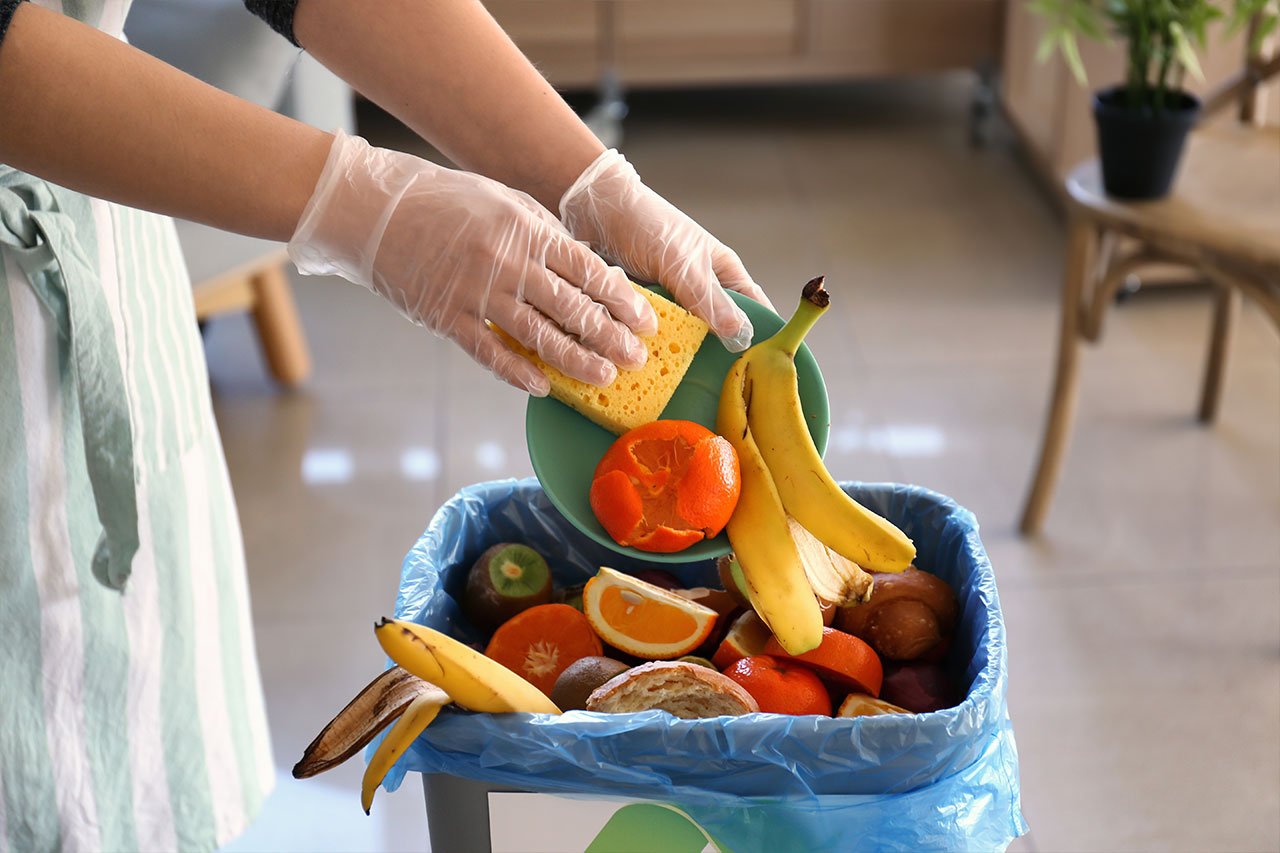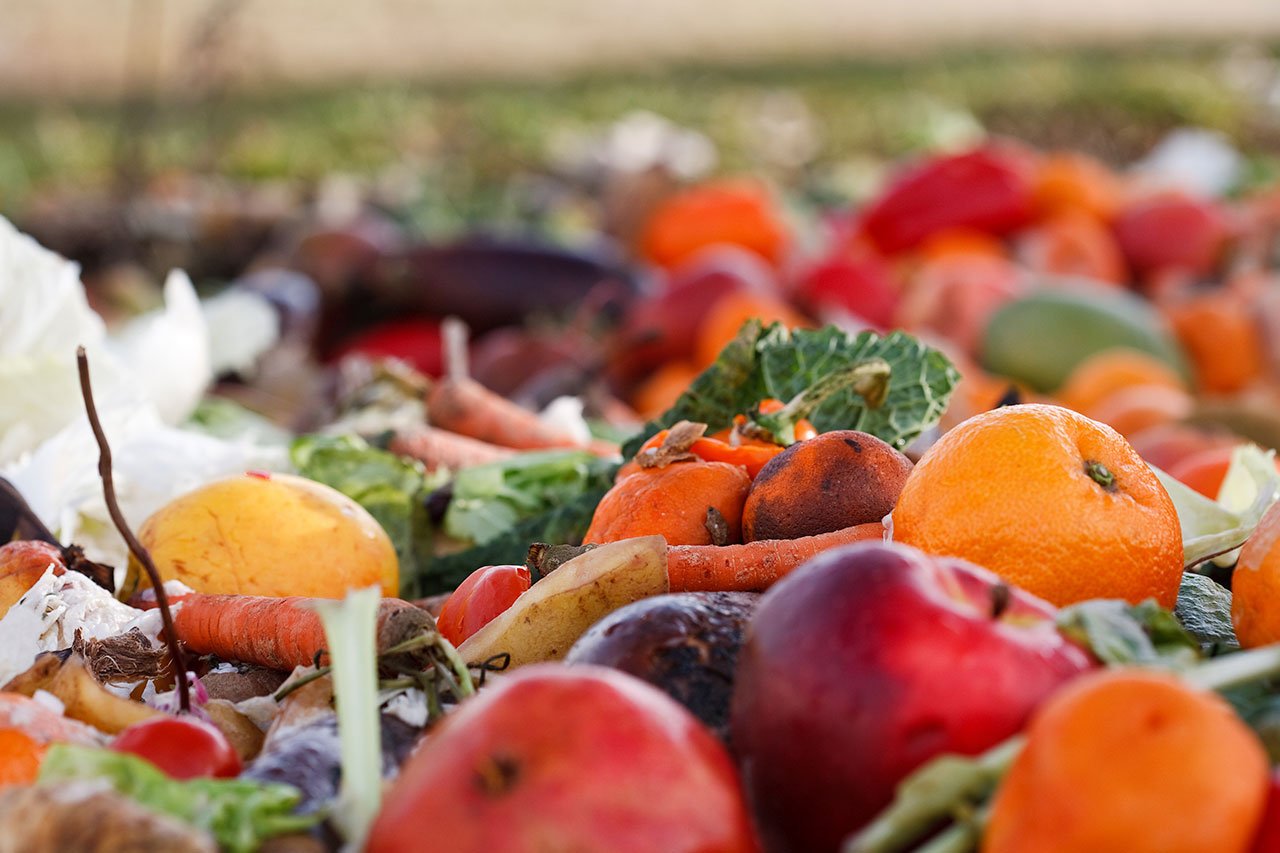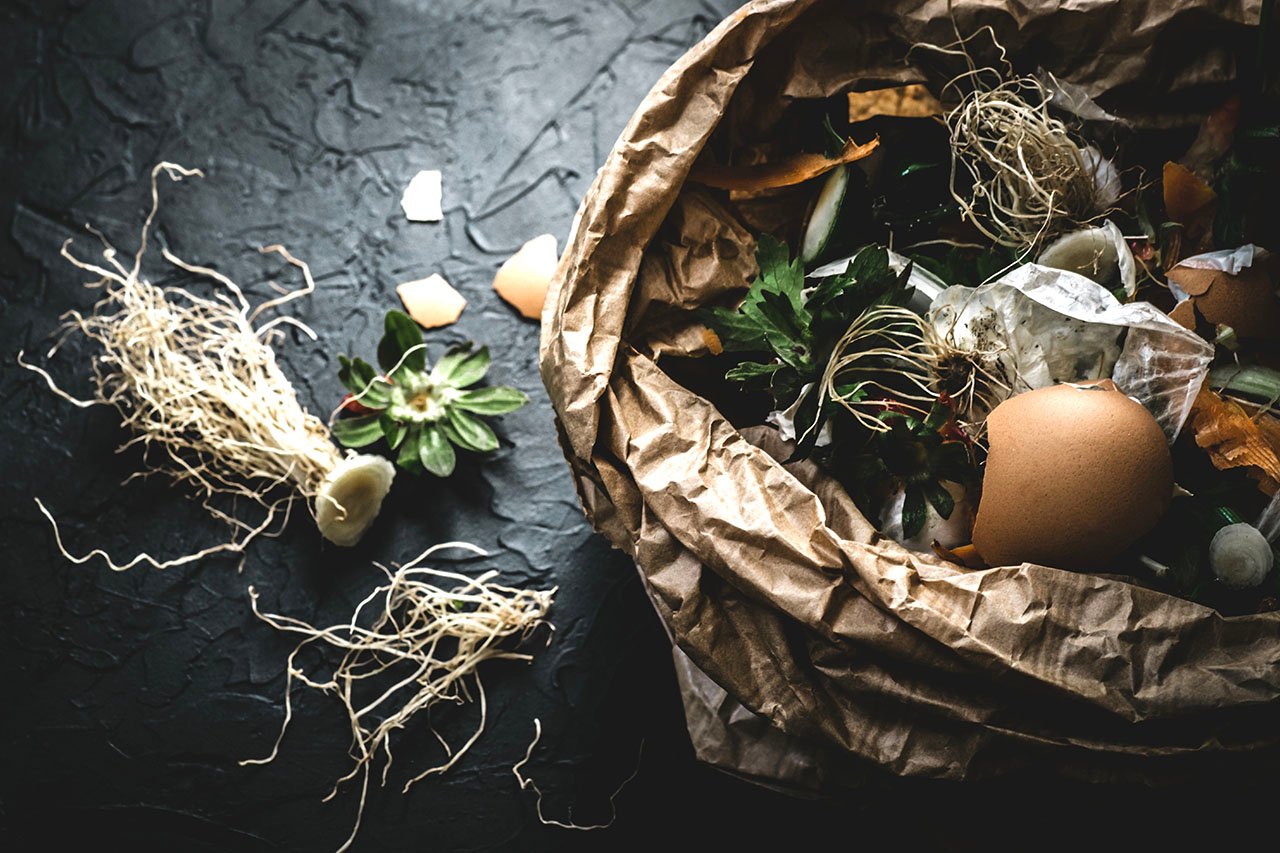Wasting less food is an issue we all struggle with during the best of circumstances, one made all the more pressing by the recent novel coronavirus (COVID-19) pandemic and its impact on the food supply chain, how we shop for groceries, and leftover organic scraps we find ourselves searching for ways to repurpose.
By taking care to note the shelf life of fruits and vegetables, using less hearty produce immediately, preserving what can be safely stored, and becoming more creative with cooking so as to use less-attractive scraps, we can all do our part to substantially reduce food waste.
Safe Storage
Processes such as fermenting, freezing, canning and drying food products can go a long way in extending the use of excess produce.
Fermenting converts a food’s natural sugars into lactic acid, increasing both vitamin and enzyme levels, and therefore the digestibility of the food itself. Freezing pauses the growth of microorganisms, reducing spoilage; fruits and vegetables can subsequently be chopped and frozen at the peak of their ripeness for use at a later date. Canning can be done one of two ways: by water bath or pressure methods—where food is boiled to kill all bacteria, then sealed to prevent any new forms from seeping in. Drying involves the process of dehydrating food to remove moisture that bacteria, yeasts, and molds need to thrive; this can be used for meats, fruits, and vegetables.
Plan to Pivot
Of course, ideally, we should be a bit more selective when shopping—whether in-store, or online—to avoid unnecessary excess.
One approach advises to reverse the typical meal-planning process: Instead of selecting a dish to prepare, and then shopping, take inventory of what you currently have stocked in your refrigerator or pantry to formulate a menu.
Most items don’t come in exact measurements, leading to leftover ingredients; these need not go to waste if you are willing to adapt to a more flexible, fluid culinary mindset. Become creative with leftovers to avoid discarding—for instance, greens can be easily refreshed in an ice water bath for use in a salad; wilted vegetables can be roasted, as can certain fruits; excess meats, grains, and condiments can be combined for soups and sautées, in lieu of more structured entrees.
Preserve Your Produce
When unpacking groceries, take note of the best storage methods for each type of produce to extend its respective shelf life as long as possible.
Be sure to remove any rubber bands and ties to prevent bruising to vegetables. Cut the leafy tops and store these separately in plastic bags; these tend to draw moisture from the vegetables and cause the greens to go limp. Hold off on washing or cutting until ready to use to avoid faster deterioration. If you do pre-wash, make sure to dry thoroughly.
Storage is typically delegated between the refrigerator, countertops, or within the pantry.
Produce best suited for refrigeration include: lettuce, leafy greens, artichokes, asparagus, beets, broccoli, berries, Brussels sprouts, cabbage, carrots, cauliflower, cherries, corn, cucumbers, fennel, green beans, herbs, leeks, mushrooms, okra, peas, peppers, radicchio, radishes, turnips, scallions, and zucchini. The crisper is the coldest, most humid part of the fridge; whereas the top shelves near the front are warmest. Fruits and vegetables should be stored separately if possible to help preserve their flavor.
Items like avocados, basil, bananas, citrus, eggplant, non-cherry stone fruits, pears, pineapples, mangoes, melons, and tomatoes are ideally stored on countertops, preferably in a bowl where they can properly ripen at room temperature.
The pantry should be reserved for apples, garlic, onions, potatoes, pumpkins, shallots, sweet potatoes, turnips, and winter squashes. Moisture is an enemy to these types of produce, and so they should be stored in a cardboard box or a basket lined with newspaper if possible.
Waste Not, Want Not
Should you find yourself with extra food scraps, there are ample clever ways to ensure nothing edible goes to waste.
Produce components such as cobs, rinds, and peels can be put to good use, avoiding excess compost. Corn cobs, silk and husks are ideal to make broth and wrap tamales. Stems and flowers can be used in drinks and salads. Unripe melons are perfect for smoothies, or to serve in chilled fruit soups. Okra seeds can be used in couscous. Pods can serve as a cornstarch-like thickener. Tomatoes can be used in sauces, salsas, soups, beverages, jams, dips and spreads. Stone fruit pits and kernels are ideal to flavor vinegars, syrups, liquors and more, and can even be transformed in ice cream or whipped cream.
Of course, when all else fails, donating unused food to local pantries or rescue organizations goes a long way in reducing organic waste.
The Organic Solution
American Organic Energy is poised to develop the first cutting-edge food waste processing facility of its kind, designed for maximum environmental impact in alleviating the region’s excess food waste problem. Currently under development, this proposed anaerobic digester will transform the way Long Island handles its organic waste.








